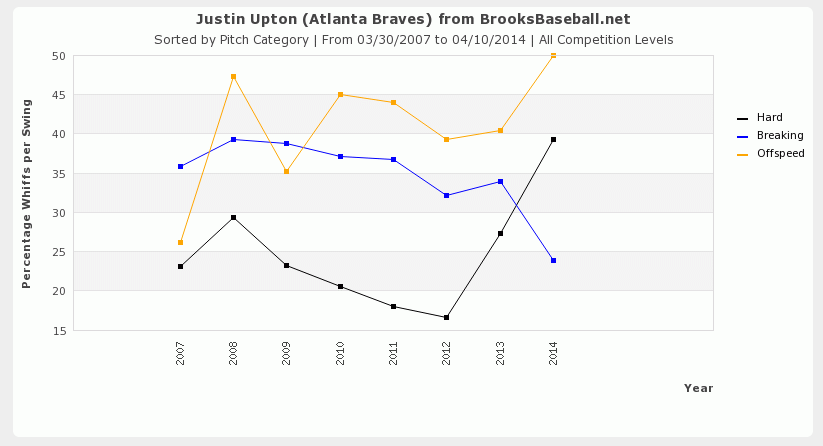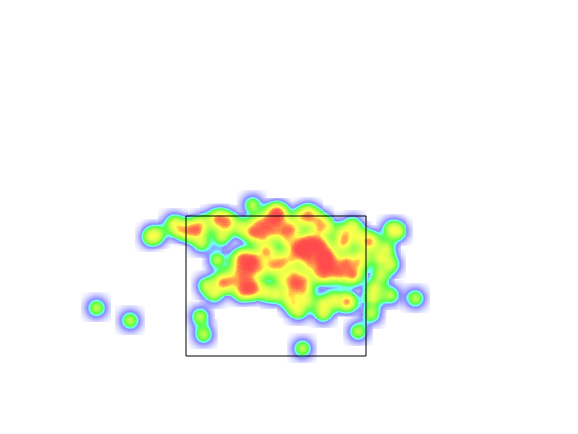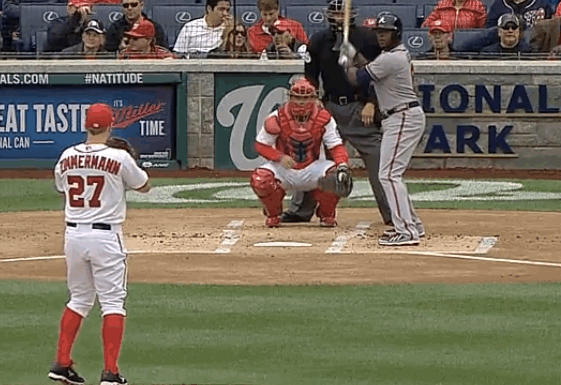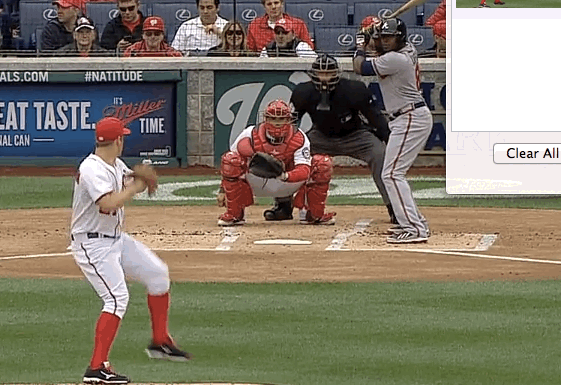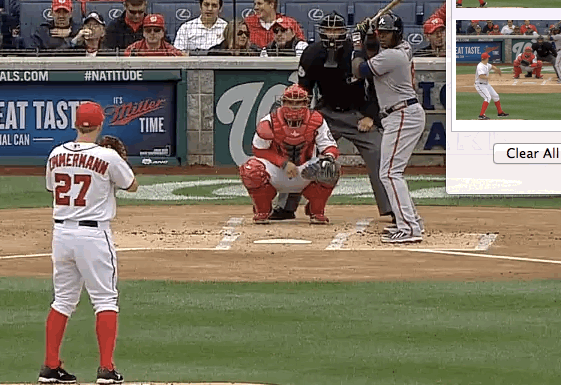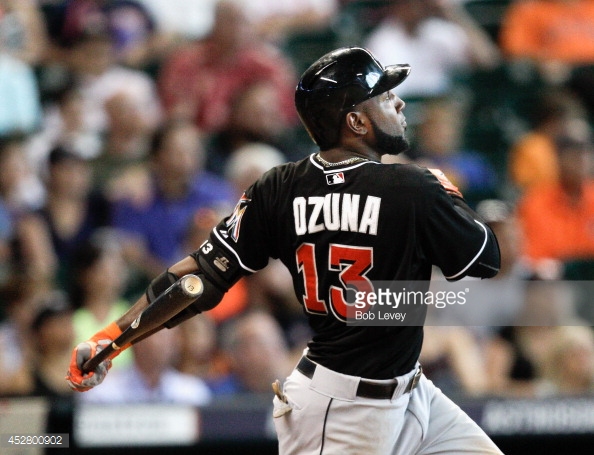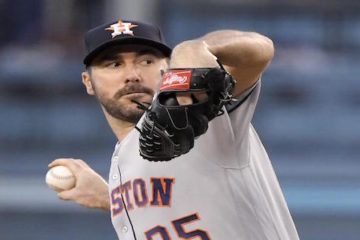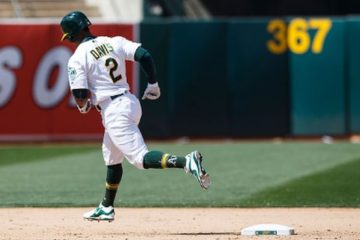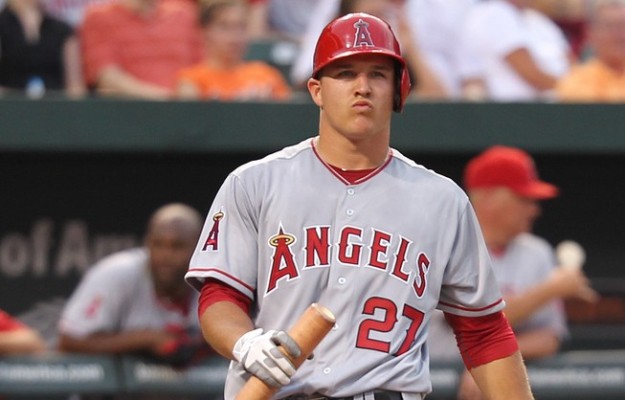2014 Fantasy Baseball: The New and Not Improved Justin Upton
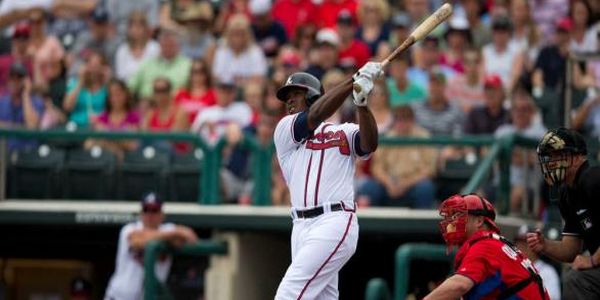
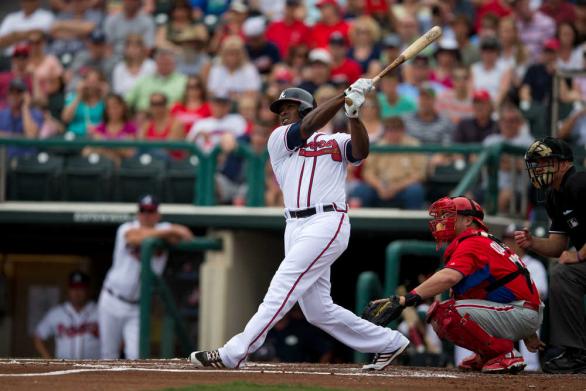
Justin Upton has already had quite the career, despite his young age. After bursting onto the scene and teasing superstardom, he’s seemingly settled in as an above average player. He’s still young, so superstardom, or at least a season or two at the level he showed in 2011, is not out of the question. But it seems like this (2013 – Upton) is who he is. That’s fine.
Hype can be annoying at times because it can turn fans sour. It turned Arizona’s front office sour. They wanted more. For whatever reason, the jump they were expecting never happened. During the earlier years of his career Upton’s struggles were chalked up to growing pains – he was in his early twenties after all. But now entering his seventh season, we’re getting a brighter picture of who Upton is and who he is not. And perhaps, we’re beginning to see why he isn’t more than what he is.
[am4show have=’p3;p4;p7;p11;’ guest_error=’Front Office’ user_error=’Front Office’ ]
The original draft of this article was turned in around 5 pm yesterday. Justin Upton decided to put on a show around 8 pm – seriously, click that link. So, due to those circumstances, last night’s numbers are not included in the article below.
If you look at Upton’s full 2013 line, you wouldn’t think he struggled too much. He was a very productive hitter, even if most of the damage he did came in two extremely, extremely good spurts. Homers in April count as much as homers in September, even if they don’t feel that way. But if we dig down a little deeper, we can tell that he regressed quite a bit from his career numbers in a few key categories.
 *2014 is highlighted yellow because of the small sample*
*2014 is highlighted yellow because of the small sample*
Upton’s contact rate on swings in the zone has dramatically dropped off. And a rise in strikeouts has accompanied it. He’s still well above average at not swinging on pitches out of the zone, and his aggressiveness (swing%) hasn’t changed dramatically. He’s just swinging and missing. Power hitters are expected to swing and miss, but the pitches Upton has begun to miss more often are extremely alarming.
Upton, for lack of a better word, can’t hit fastballs anymore. At least not as well as he used to.
Upton’s numbers are still good, but they’re a far cry from what they used to be. Unfortunately the trend doesn’t stop there.
After decreasing the rate at which he whiffed on “hard” pitches (the black line in the graph above) for four years, Upton’s whiff per swing rate skyrocketed. In 2013, he swung through 132 fastballs – the 5th most in the MLB. He wasn’t just whiffing on well placed fastballs, though. He was missing pitches up and over the middle.
Yikes. Those are pitches that he used to absolutely crush. It’s early, but the problem hasn’t gotten any better in 2014. Sometimes, it’s hard to make a point simply using charts and pictures. Often times, we need a little video to visualize the issue. Take a look at the next few gifs. They are from an at-bat on April 4 against Jordan Zimmermann. Upton swung through two fastballs and a slider in the zone in this particular at-bat. Granted, Zimmermann has good-great velocity, and is a likely Cy Young candidate, but I had to pick someone.
…
…
The last gif in particular is important to me. I know, I know it’s a 95 mph fastball. But it’s also a fastball that missed the target and tailed directly over the middle of the plate. That is the type of pitch that when Upton is going good is deposited into the seats.
As I was writing the intro to this piece (and making gifs) last night, the creator of Baseball Savant, Daren Willman, tweeted out the following link. Justin Upton has already swung through 17 fastballs this season. His brother, BJ, has already swung through 16. It’s not a very promising sign. It’s obviously very early, but some statistics begin to stabilize before others. Swing% begins to become reliable after 50 plate appearances. After 100 plate appearances, contact rate begins to become stable. Coincidentally, those two statistics are the ones we care about most in regards to Upton. He’s currently had 33 plate appearances, so we’re a little bit away from the numbers becoming even more scary. He still has time to make up ground, but he’ll need to do it quickly.
Can it be fixed?
I don’t know. I believe that Upton recognized the problem, because his stance is a little different this season.
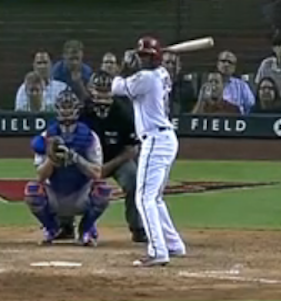
…
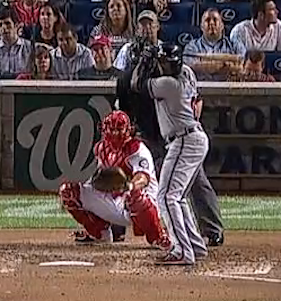
…

Notice his hands. His legs have a little more bend in them now, but his hands are much more noticeably different. In 2012, Upton’s hands are a little further back and the bat is nearly flat over his shoulder. In 2013, it’s more of the same. Once we get to 2014, you can see a noticeable difference. His hands are higher and further away from his body. He’s also holding the bat at a completely different angle.
I’m not certain why he made this change. Perhaps, it’s just more comfortable, but I’m betting he and Atlanta’s hitting coaches recognized the struggles he was having and tried to make some kind of a mechanical tweak in order to give him a shorter path to the ball. I was an awful hitter growing up, so I can’t tell you if it should in fact make his path shorter, but I can’t think of any other reason to change something that had been working so well.
Research shows that contact% begins declining around 28 years old, but that’s usually to a decline in contact on pitches that are outside of the zone. Upton’s contact problems are mostly confined to swings that he takes on pitches in the strike zone, which only magnifies the problem. The fact that pitchers are smart has also begun to shed more light on Upton’s struggles.
Word has gotten out that Upton now struggles with fastballs. So, of course, pitchers have begun pounding fastballs in his direction. He saw more fastballs in 2013 than he has ever seen, and I’m betting he might set a new career high this year unless a dramatic change occurs.
Writing pieces in April can be annoying because we’re here to help you make decisions, but it’s tough to draw conclusions with small samples. In Upton’s case, the sample in 2014 isn’t large enough to mean a lot yet, but it’s a continuation of an overall trend, which makes me believe in it a little more. When Upton’s going well he’s one of the most exciting players in the game, but unfortunately it looks like he may not be the MVP candidate from 2011 anymore. He’s still a productive player, and there’s no doubting his ability to get hot and mash for a few weeks. But he’s going to need to see a rebound of his contact ability to be much more than that, or to sustain a prolonged run of success.
I’ll revisit this topic once we get a little more data, but I’m not optimistic about his plate discipline going forward. I already thought that Upton circa 2011 likely wouldn’t happen again – mainly because 6.4 WAR seasons aren’t that common – before writing this piece, now I’m beginning to wonder if he actually has more downside than upside.
As always, thanks to Fangraphs, Baseball Savant, and Brooks Baseball for the wonderful, free data.
[/am4show]



